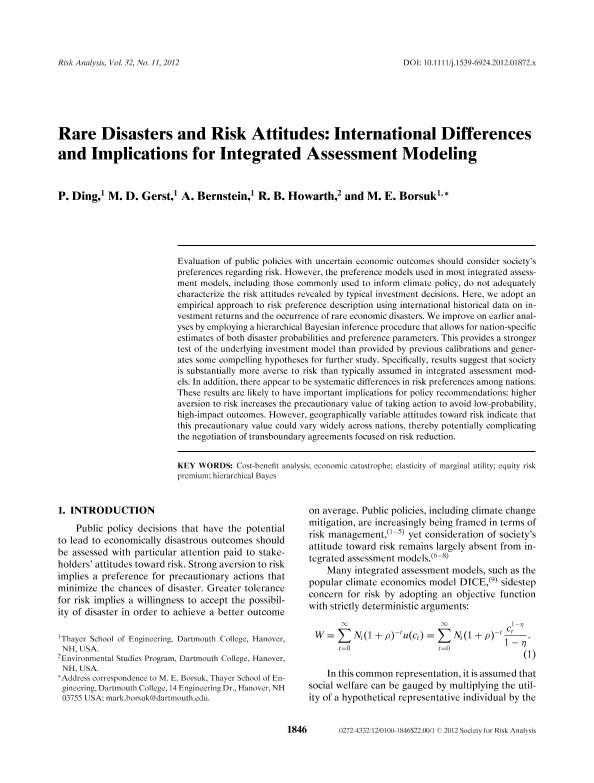Rare disasters and risk attitudes : international differences and implications for integrated assessment modeling

Contenido multimedia no disponible por derechos de autor o por acceso restringido. Contacte con la institución para más información.

